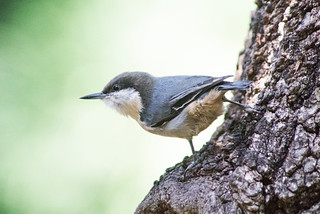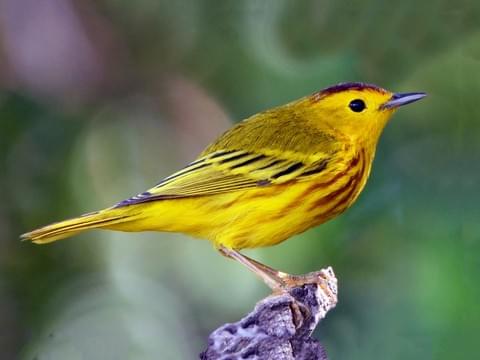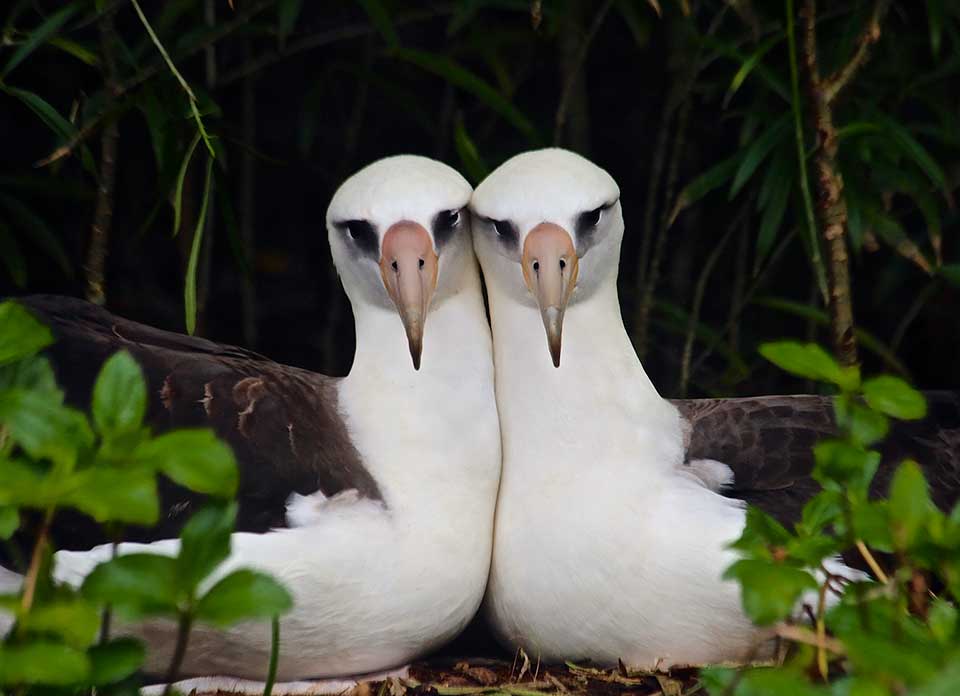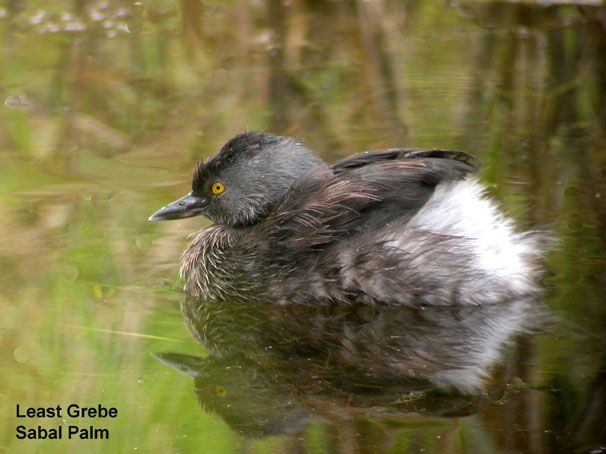Rodeo Lagoon
Point Reyes National Seashore 1 Bear Valley Visitor Center Access Road, Point Reyes Station, CA, United StatesLorem ipsum dolor sit amet, consectetur adipiscing elit, sed do eiusmod tempor incididunt ut labore et dolore magna aliqua. Ut enim ad minim veniam, quis nostrud exercitation ullamco laboris nisi ut aliquip ex ea commodo consequat.
Fall Migration Hotspots
Point Reyes National Seashore 1 Bear Valley Visitor Center Access Road, Point Reyes Station, CA, United StatesNo sleeping in will be possible for those who want to join Derek and Bob on this trip to some of the best-known migrant hotspots in Marin. Our plan for the day will depend on what birds have been seen in the area.
Drakes Beach and the Fish Docks
Rodeo Lagoon Marin Headlands, CA, United StatesLorem ipsum dolor sit amet, consectetur adipiscing elit, sed do eiusmod tempor incididunt ut labore et dolore magna aliqua. Ut enim ad minim veniam, quis nostrud exercitation ullamco laboris nisi ut aliquip ex ea commodo consequat.
Albatross of Kauai, Their style and Story
Richardson Bay Audubon Center & Sanctuary 376 Greenwood Beach Rd, Tiburon, CA, United StatesAlbatross have likely nested in the Hawaiian Islands for millions of years, but disappeared with the arrival of humans. About 40 years ago, individual birds began returning to Kauai, and the population has gradually grown since then. Now, as their mother ship at Midway Atoll in the Northwestern Hawaiian Islands becomes more and more treacherous, Kauai may become the birds' Noah's Ark. Hob Osterlund, MSN, APRN, is an award-winning writer, photographer and conservationist living on the island of Kaua'i. Her work has appeared in The New York Times, National Geographic Explorer, Audubon, National Wildlife, Nature Conservancy, Hana Hou (Hawaiian Airlines), Ms. Magazine and more. She is the founder of the Kauai Albatross Network and has served as a habitat liaison for a number of private landowners for several years. Her work includes direct services such as systematic monitoring of all Laysan albatross on those properties, assisting with predator control and serving as a link between private landowners and state and federal wildlife agencies. For five nesting seasons Hob worked as a Kaua'i Coordinator for the Cornell Lab of Ornithology Bird Cam project. As a result, Laysan albatross live streaming images were played via the "TrossCam" as the chicks grew from hatch to fledge. From 2014-2018 there were 60 million views and 450 million minutes watched by viewers from 190 countries. In 2019 Hob's primary focus is her new documentary Kalama's Journey. The film is about an albatross chick adopted by a female pair of birds on Kaua'i, and about the chick's role in facing her species' biggest threat.
Schollenberger Park
Schollenberger Park 1400 Cedar Lane, Petaluma, CA, United StatesHead to Petaluma to explore Shollenberger Park, one of the major hotspots in the North Bay. We'll walk the ~ 3-mile loop leisurely, looking for waterfowl, rails, shorebirds, waders, raptors, sparrows, and other wintering and year-round passerines.
Pacheco Pond
Pacheco Pond 600-748 Bel Marin Keys Blvd, Novato, CA, United StatesWe'll repeat a trip to Pacheco Pond for our first Thursday of the month walk in December. It's hard to compete with Las Gallinas, but Pacheco Pond has provided a reasonable substitute location for our usual Las Gallinas walk. The area provides habitat for a variety of ducks, Black-crowned Night-Heron, Common Gallinule, Sora, and Virginia Rail. The adjacent non-native eucalyptus provides additional habitat for both songbirds, egrets, and a number of raptors including Peregrine Falcon. Thank you, Bob and Sande, for continuing as our competent and friendly guides on this popular monthly walk. We welcome bird enthusiasts of all levels and help each other to find and identify the birds. The area around Pacheco Pond is mostly flat, but we will be walking across some rocky, uneven surfaces. Dress in layers and bring binoculars, scopes, and water. Heavy rain cancels. Directions: Take the Bel Marin Keys Blvd exit from Highway 101. Travel east on Bel Marin Keys Blvd for 2 miles passing through a commercial/industrial section until arriving at a small parking area on the right, which faces the pond. We will meet in the parking area and walk to the trail a short distance up the road.
Bahia, Rush Creek & Rowland Avenue Wetlands
Bahia Wetlands 499-401 Bahia Dr, Novato, United StatesPlease meet at the foot (east end) of Bahia Drive in Novato where Marin Audubon has completed a large restoration project. Shorebirds, ducks, herons, swallows, and rails will be reaping the benefits here for years to come. After viewing the birds and the restoration area, we intend to walk the trail along the edge of the mixed oak woodland. We then plan to drive around to the end of Topaz Street to view the Horseshoe Pond where some diving ducks, including a few Barrow's Goldeneyes, like to winter. During the day we may practice some bird counting to help prepare for the upcoming Christmas Bird Count season. After lunch we will take a look at two nearby areas-Rush Creek and the Rowland Avenue wetlands. Heavy rain cancels. Directions: From Hwy 101 in North Novato, take the Atherton Avenue exit east about 0.9 miles, then turn left onto Bugeia Lane, which becomes Bahia Drive. Follow it to the end where there is street parking. No restrooms available here.
Marta’s Marsh
Marta's Marsh Corte Madera, United StatesMarta's Marsh hosts a wide variety of bird species and provides great viewing opportunities. Typically, shorebirds, ducks, gulls, terns, and some of Marin's only endangered Ridgway's Rails can be seen at this Marin birding hotspot. We will take a short walk alongside San Clemente Creek to the creek mouth where it then enters the bay. Some of our target birds include Blue-winged Teal, Ridgway's Rail, Dunlin, Western and Least Sandpiper, and the possibility of encountering raptors such as Osprey, Peregrine Falcon, and Northern Harrier. We will time our walk to put us at the creek mouth a few hours after low tide, as the incoming tide causes sandpipers, gulls, and ducks to fly from the bay mudflats to the high tide refuge at Marta’s Marsh. As we walk, we will listen for rails as well as any other migrants that we may run into. The fennel patches and grassy areas surrounding the marsh can also be productive for a variety of sparrow and warbler species. At the mouth of the creek we will scope the bay looking for ducks like Lesser and Greater Scaup, Bufflehead, Wigeon, and possibly Canvasback or Redhead. Heavy rain cancels. Bring binoculars and, if you have one, a spotting scope. There are no restroom facilities in the marsh. Directions: From Hwy 101, take Exit 449A at Tamalpais Drive in Corte Madera; go east 0.2 mile toward the bay; turn right at the Home Consignment Store and go 0.4 mile on San Clemente Drive; make the first left onto Harbor Drive for 0.2 mile; turn right onto Yolo Street for 400 feet. Then turn left onto Channel Drive. We will meet where the road dead ends at the marsh.




